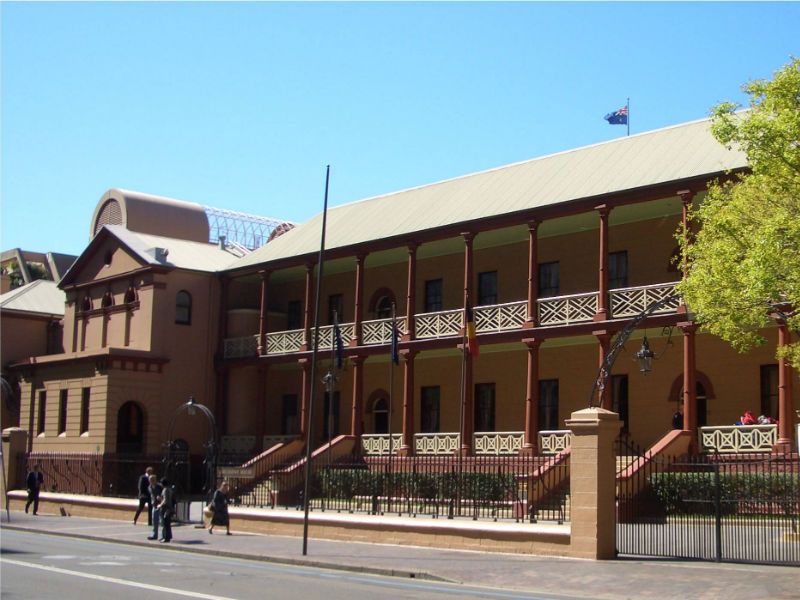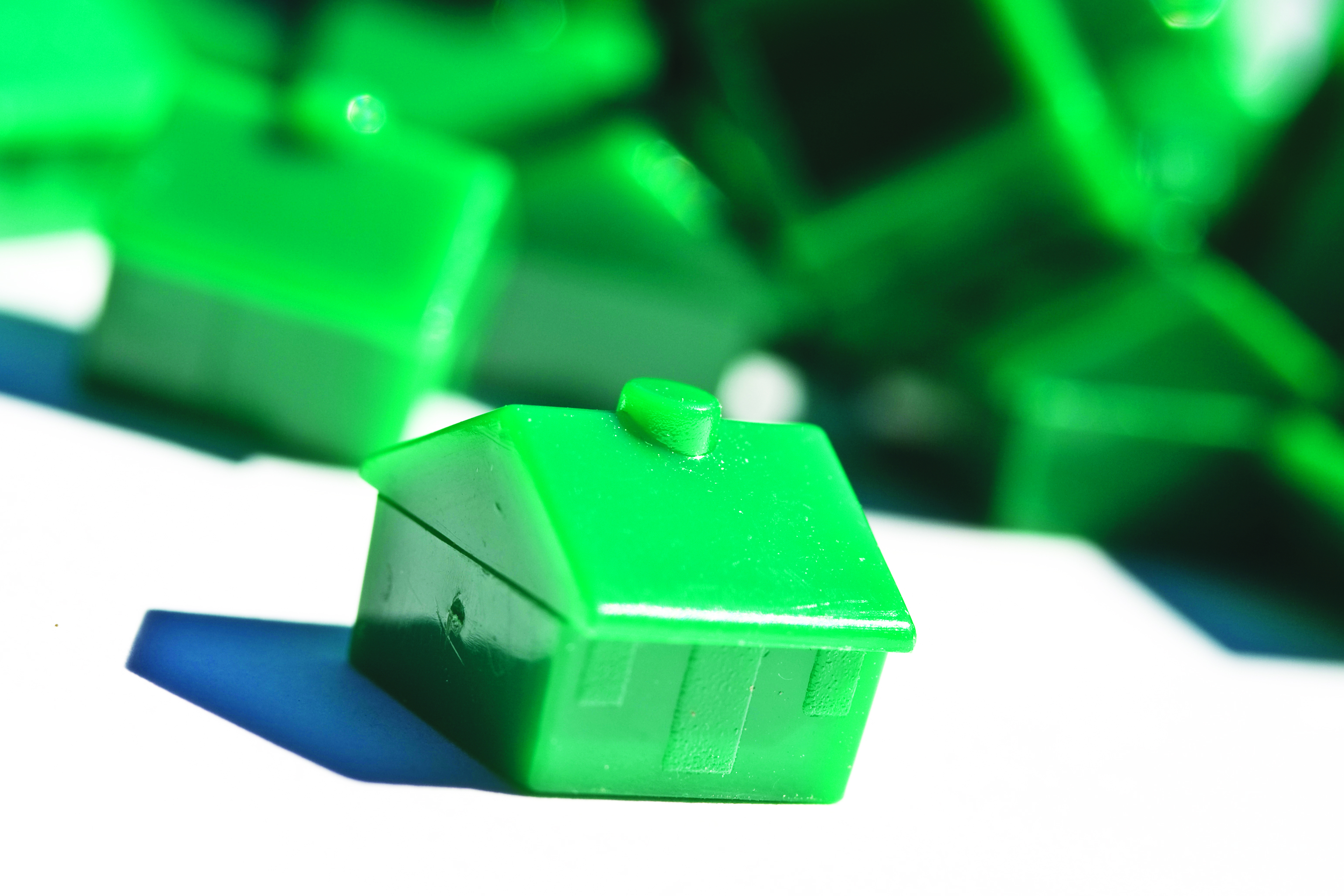Are anti-ageing creams the path to youthful skin or clever pseudo-science?
Anti-ageing is big business. With images of models parading through magazines and saturating our television screens, the billion dollar beauty and cosmetic industry is built on what seems to be our biggest fear – growing old. But do any of the products that promise to smooth wrinkles, remove lines and make sun spots evaporate actually work?
From non-surgical face lifts and anti-wrinkle fillers to treatments that are used for sexual dysfunction and heart disease, the marketplace dedicated to making people appear younger continues to grow. However, Associate Professor Dr. Stephen Schumack, president of the Australasian College of Dermatologists and consultant dermatologist at Sydney’s Royal North Shore Hospital, argues the claims made by the creators of anti-ageing creams are not backed up by reliable scientific evidence.
“There’s no evidence from any large peer-reviewed study to back up the anti-ageing claims made by skin cream manufacturers,” Schumack says. “Of those studies that have been done, they are almost always sponsored by the skin cream companies themselves, and this makes it difficult for experts to take these results seriously.”
Australians spend more than $300 million each year on anti-ageing creams and the world’s leading cosmetic and beauty company, L’Oreal, recorded sales of over $5 billion in the Asia-Pacific region for 2012 and its global profits exceeded $3 billion. However, despite these lucrative profits, Professor Schumack argues there is only one skin cream that is proven to slow down the effects of ageing – sunscreen.
“Although some products will slightly improve texture and colour with regular use so that the skin feels smoother and softer, using sunscreen products, wearing hats and trying to avoid the sun where possible will all reduce the Sun’s ability to age your skin. In the short-term you may even get some slight recovery from the visible effects of ageing.”
“In Sydney, in the middle of the day in summer it only takes about 10 minutes to burn non-tanned skin. So if you do a five minute walk to the bank and back again at lunch time in the Sun without sunscreen you’ve effectively almost been sunburnt,” Shumack says.
However, while some skin creams may make the skin appear fresher and feel smoother, a study conducted by the Queensland Institute of Medical Research late last year proves that applying sunscreen daily is the only way to keep skin looking younger. The study, held over the course of four and a half years, concluded that no detectable ageing of the skin could be seen among the 900 men and women who applied sunscreen almost every day.
The participants were all aged between 30 and 55 and, on average, those who did apply sunscreen most days had 24 per cent less skin ageing than people who used sunscreen only occasionally or not at all.
Senior Scientist Professor Adele Green, who led the study, said the team finally had the evidence to back up the claim that sunscreen protects skin from ageing.
“This has been one of those beauty tips you often hear quoted, but for the first time we can back it up with science: protecting yourself from skin cancer by using sunscreen regularly has the added bonus of keeping you looking younger. And the study has shown that up to [a person’s] middle age, so it’s not too late to make a difference.”
While sunscreen remains the easiest and cheapest anti-ageing cream, some products containing peptides can potentially stimulate the development of collagen and elastin. Creams containing antioxidants and vitamin A, particularly Tretinoin, found in the prescription-only RETIN-A and RETRIEVE creams may help restore normal functioning of damaged cells. However, Schumack still believes most anti-ageing skin creams will only ever work temporarily and are not designed to actually reverse skin ageing.
“Sun exposure, age and genetics contribute to ageing skin. So it’s a big leap to go from your skin looking and feeling a little better to say that I’ve got some definite anti-ageing activity from product a b or c,” Schumack says.
However, while the scientific evidence for anti-ageing products may be lacking, the effectiveness of advertising campaigns has proved to be highly persuasive. In 2007 the Therapeutic Goods Administarion (TGA) ordered several cosmetic manufacturers, including Clinique, Estee Lauder, Payot and Lancôme, to stop advertising products that claimed to have wrinkle removal capabilities.
The TGA determined the five beauty manufacturers were advertising creams, serums and peels that misled consumers into believing they were therapeutic formulations able to make a physiological difference. However, the TGA established the products were cosmetic and would at best mask the appearance of wrinkles, but not make them disappear.
Professor of Media and Communications at the University of Sydney, Dr. Olaf Werder, argues that although advertising can influence consumers expectations of anti-ageing products, it is society’s obsession with youth that makes anti-ageing such a big industry.
“You cannot really blame an industry for jumping on a societal trend if money can be made in the process. As long as people want to pretend they do not get older, an industry that seemingly can facilitate in that endeavour will do very well,” Werder says.
“I tend to believe that in a more and more youth-obsessed culture we wish things on products more so than they really suggest on their own.”
While the anti-ageing business is booming without much scientific evidence in favour of anti-ageing creams, experts advise using sunscreen and shade instead of expecting to turn back time with the next anti-wrinkle “miracle” cream.












